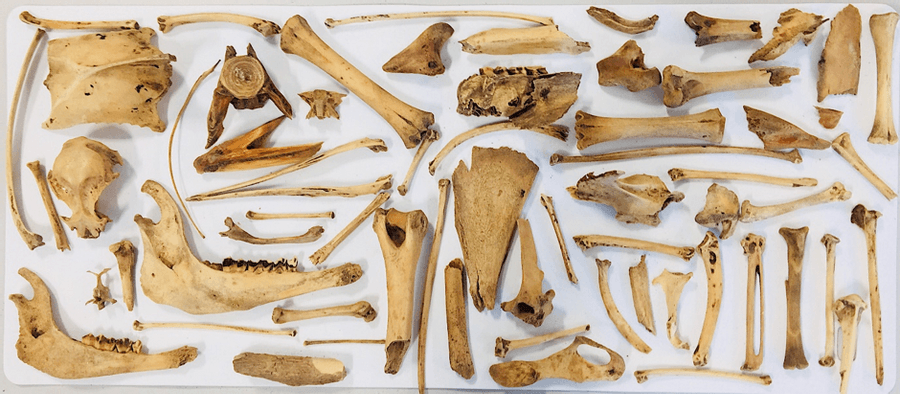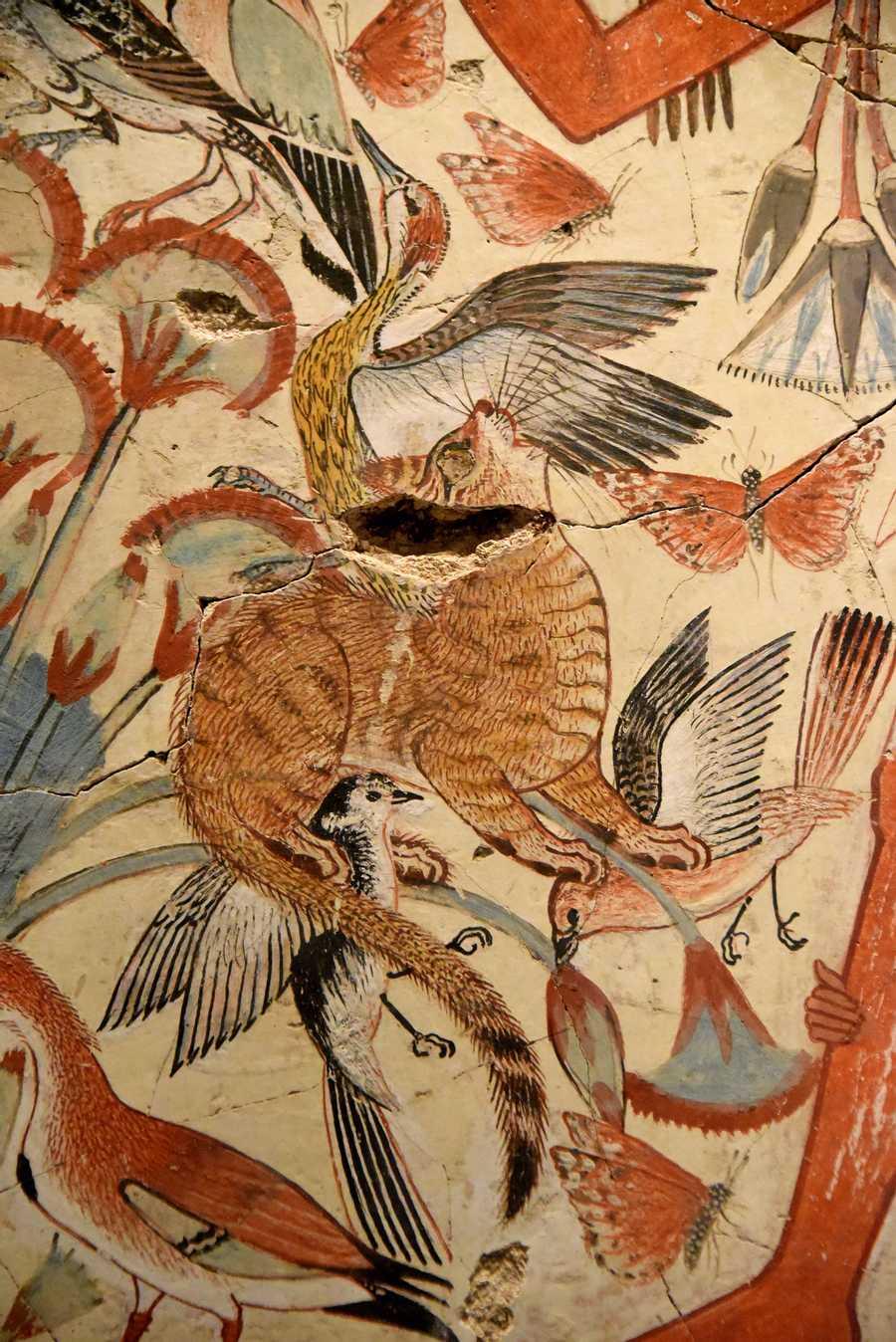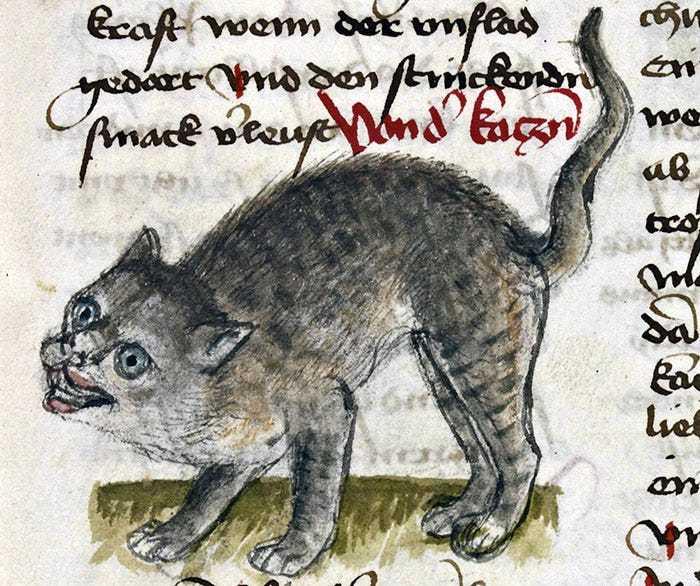Learn more about books with this collection
How to set clear objectives
How to follow up after a meeting
How to manage time effectively
'Animals that makes us human'
One of the oldest burials of a man with an animal dates back 15.000 years in Jordan where a man was buried with a fox.
In Egipt 3.500 BC, whole skeletons of elephants, hippos and baboons were found as a sign of the world's first Zoo.
More than 4.000 years ago in Sudan the people of the Kerma culture fitted 20 cattle heads around a 5-6 years old child's tomb.
A viking example of the 10th century shows a man incinerated next to precious objects of gold, silver and bronze, but also animals from 20 species: bear, dogs, bulls, sheep, pig, chicken, cat, goose, owl, fish and many more.
2
27 reads
Zooarcheology, a pocket-sized-zoo
A fist step in zooarcheology is identifying correctly the bones. The next one is making assumptions about how people used the animals, whether in rituals, for survival or other purposes.
Even more useful is to remove the human from the middle of this science and focus more on the animal. The funerary archeology shows that some animals are treated as people and the skeleton analysis - chemical, structural, cultural - can make their osteobiography possible.
2
8 reads
The Independent cat
The taming of the cat happened about 10.000 years after that of the dog and 1.500 years after the horse's.
One principle of domestication is the desire of the individual to integrate a social ierarchy, which didn't quite fit the cat's individuality profile. For millenia, the cat has enjoyed the commensality of the human contact while keeping its distance.
In 2017 there were 100 million cats in the US homes, about one to every three people, whereas in Romania you can estimate one to every five people, but the numbers are not official, as many cats don't open their tiny doors to census teams.
2
7 reads
Where are the cats in the Roman-Greek Antiquity?
In Antiquity the cat is less well known, an animal humans don't interact with closely or enough. It has not immersed itself in the social mechanism as a tender companion, it's just a wonderful pest extermination machine.
From another angle, it is argued that the cat did not meet the classical values, pietas and fides. A free animal, highly independent, could not mix with the Roman elite that preffered the stoic dog to the epicurean cat.
It's interesting that there are reasons not to love a cat, but having different philosophical views with it had not crossed my mind so far.
2
6 reads
Dark ages, Dark cats
After a long Antiquity in which the cat preserves its independence, it is actually discovered in the early Middle Ages and compromised for centuries to come by mistrust originated in a papal bull.
Cats, especially the black ones, are demonized by the official christian doctrine starting with the papal bull given by Pope Gregory IXth, after that being associated with heresy and demons.
Only after the barbaric witch hunt associated with the Tudors and Stuarts, we can say that the cat is finally established as a pet, from 1700s onward.
2
5 reads
'... held the cat in his lap deliciously'
In the 7th century there is a christian-islamic sincronicity in cat loving.
There are more legends including christian hermits that pet cats and are cautioned by God to redirect their attention entirely to devotion. The hermit story is included in the 13th century in the medieval bestseller Legenda Aurea.
An islamic hadith tells the story of Mohammad who, instead of waking up the cat sleeping on its sleeve, preffers to cut it and then go to prayer.
In Byzantium in the 11th century, Empress Zoe, the wife of Constantine Monomachos, used to feed its cat Mechlempe in golden plates.
2
5 reads
Medieval cats as pets
The medieval discovery of the cat shows of a shift in mentality rather than just a intensified presence of the predator.
In Antiquity the feline is held for rodents, not for caresses. The first to use tenderness and companionship associated with cats are medieval monks.
Archeological proof of this shift in mentality - the discovery of the cat as a source for tenderness, not just for its antimouse superpowers - are now lacking, but there are some medieval texts that bring hope in this direction.
2
8 reads
CURATED BY
More like this
2 ideas
Read & Learn
20x Faster
without
deepstash
with
deepstash
with
deepstash
Access to 200,000+ ideas
—
Access to the mobile app
—
Unlimited idea saving & library
—
—
Unlimited history
—
—
Unlimited listening to ideas
—
—
Downloading & offline access
—
—
Personalized recommendations
—
—
Supercharge your mind with one idea per day
Enter your email and spend 1 minute every day to learn something new.
I agree to receive email updates






